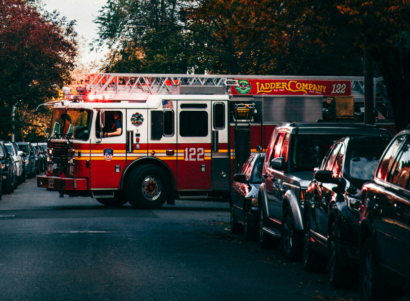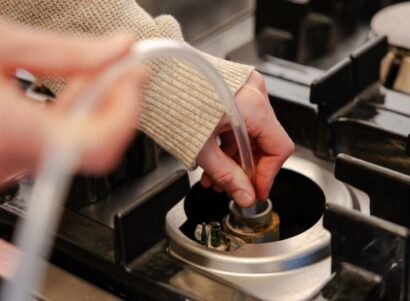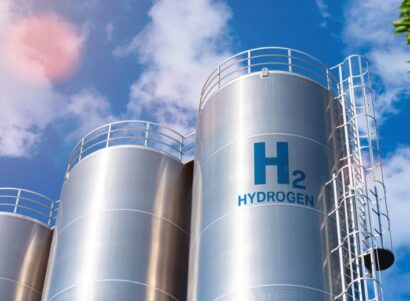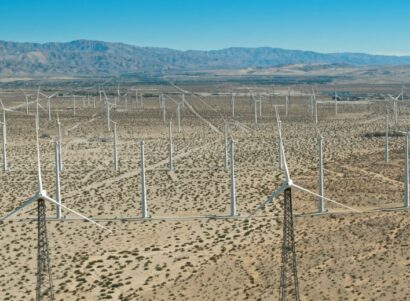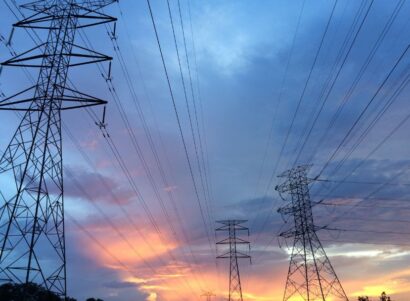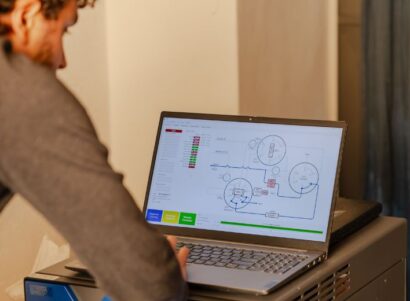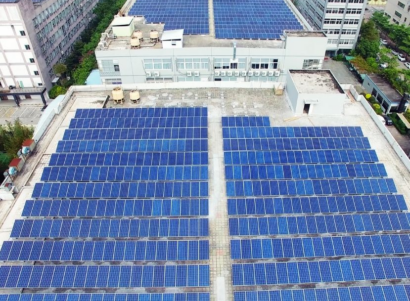New report finds that targeted investments in efficiency and clean energy for low-income households can save billions compared to bill assistance alone
Press Contact: Adrienne Underwood, adrienne@psehealthyenergy.org, 530-919-2164
BALTIMORE, MD – About 400,000 Maryland households, and nearly 30 percent of Baltimore residents, pay more than six percent of their income on energy bills, according to a new report by researchers from the Institute for Energy and Environmental Research (IEER) and PSE Healthy Energy (PSE).
“Income inequality is the primary driver of energy cost burdens in Maryland. Low-income households generally pay significantly larger portions of their income on energy, creating impossible choices between paying for necessities, such as rent and food, and the fuel needed to heat homes,” said the report’s leading author, Dr. Arjun Makhijani, President of IEER. “In Baltimore City, there are roughly 7,000 evictions and 150,000 eviction notices a year—more than one for every low-income renter. Nationally, almost five percent of households who get heating bill assistance lose their homes each year due to such financial stresses. ”
The researchers used publicly available data to estimate the percentage of income spent on home energy needs by household (known as energy cost burden) and outlined strategies to help increase energy affordability, while lowering health- and climate-damaging emissions. They found that approximately 400,000 Maryland households have energy bills that are considered high—exceeding six percent of their income. For the 170,000 Maryland residents with incomes less than the federal poverty level ($26,500 for a family of four), median energy cost burdens were approximately 20 percent of income.
“Annual energy bills strain budgets across all of Maryland, although some communities struggle more than others,” said Yunus Kinkhabwala, a clean energy scientist with PSE Healthy Energy. “Areas where the typical energy cost burdens are greater than nine percent are largely in historically marginalized neighborhoods in urban areas like Baltimore and in more rural areas such as the Eastern Shore where average annual energy bills often exceed $3,200 due to reliance on costly fuel oil and propane and inefficient homes.”
The researchers estimate that the total amount of annual bill assistance required to bring energy bills below six percent of income—which is considered affordable—is approximately $400 million, well above the $120 million currently available through state assistance programs. Almost $40 million of this energy affordability gap is from additional charges from third-party electricity and natural gas suppliers.
While Maryland’s ambitious climate targets imply a near-total phase out of natural gas in residential buildings by 2045, natural gas investments under Maryland’s Strategic Infrastructure Development and Enhancement (STRIDE) Act could continue to raise rates over the coming decades.
“Continuing to invest in natural gas infrastructure is in conflict with Maryland’s 2022 climate law; households stuck on gas could see rates rise by as much as ten times by 2045,” said Dr. Makhijani. “Instead, Maryland can invest in transitioning low-income residents to cleaner, safer, and cheaper alternatives—a strategy that would save about 8 billion dollars in bill assistance over the rest of this century.”
Moving away from natural gas will also benefit public health. Residential natural gas space heating, water heating, and cooking appliances emit combustion-related air pollutants associated with a variety of adverse cardiovascular and respiratory health effects, including asthma. Exposure to combustion-related pollutants such as nitrogen dioxide (NO2) is associated with aggravated asthma symptoms, and Baltimore City households that replaced gas stoves with electric stoves saw significant reductions in indoor NO2 concentrations.
“Baltimore City residents experience a higher rate of asthma-related emergency department visits, hospitalizations, and deaths compared to the state average,” said Lee Ann Hill, director of energy and health at PSE Healthy Energy. “Eliminating fossil fuels, particularly in disadvantaged and vulnerable communities, will improve both indoor and outdoor air quality and protect public health.”
The report analyzes strategies to help mitigate the affordability, public health, and climate ramifications of Maryland’s residential energy system. These include simplifying Maryland’s bill assistance application process, prohibiting third party electricity suppliers from offering rates above the Standard Offer Service to low-income households. When assistance is complemented by home efficiency, electrification, discounted community solar electricity, and demand response initiatives, the annual $400 million affordability gap would decline to $80 million—considerably less than the currently available assistance funds of about $120 million per year—in addition to meeting decarbonization targets. Federal and local programs like the Weatherization Assistance Program (WAP) and Maryland’s efficiency program reach only about one percent of eligible households every year and need to be substantially ramped up. Fortunately, the 2022 federal Inflation Reduction Act provides substantial additional funds to get the job done.
###
About PSE Healthy Energy
PSE Healthy Energy is a nonprofit research institute dedicated to supplying evidence-based scientific and technical information on the public health, environmental, and climate dimensions of energy production and use. We are the only interdisciplinary collaboration focused specifically on health and sustainability at the intersection of energy science and policy. Visit us at psehealthyenergy.org and follow us on Twitter @PhySciEng.
About IEER
IEER is a nonprofit research institute that provides activists, policy-makers, journalists, and the public with understandable and accurate scientific and technical information on energy and environmental issues. IEER’s aim is to bring scientific excellence to public policy issues in order to promote the democratization of science and a safer, healthier environment.


